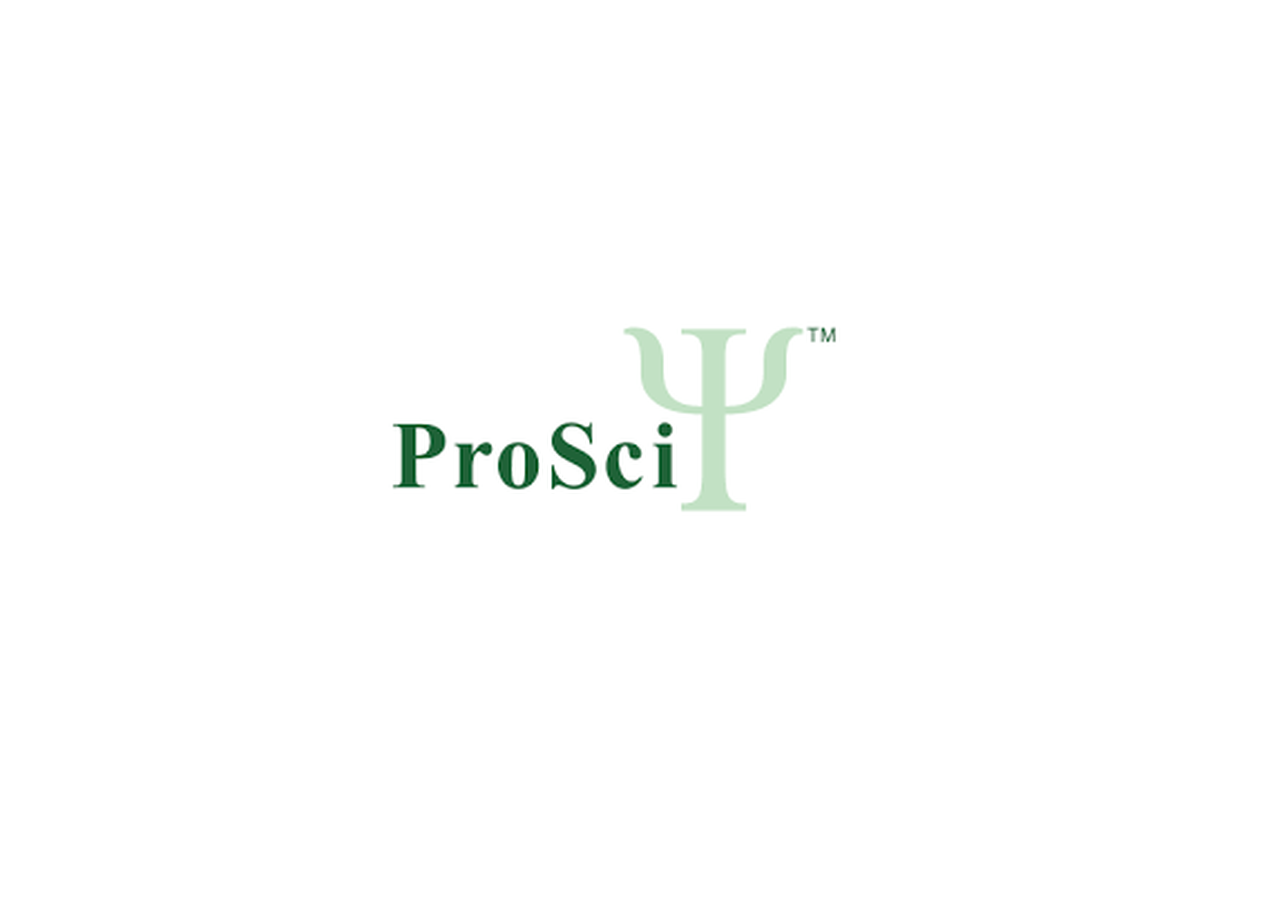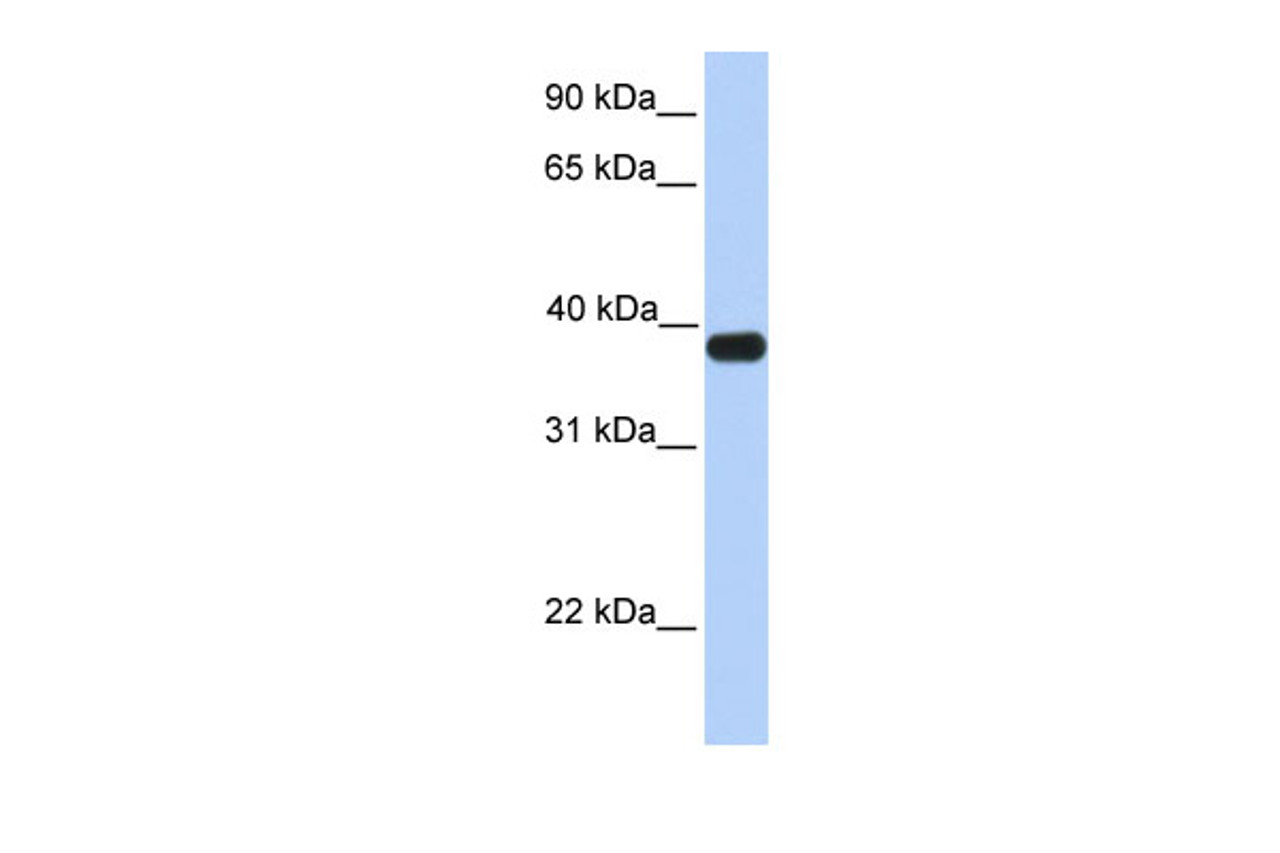Product Description
ASB5 Antibody | 26-505 | ProSci
Host: Rabbit
Reactivity: Human, Mouse, Rat
Homology: N/A
Immunogen: Antibody produced in rabbits immunized with a synthetic peptide corresponding a region of human ASB5.
Research Area: Membrane, Signal Transduction, Immunology
Tested Application: E, WB
Application: ASB5 antibody can be used for detection of ASB5 by ELISA at 1:1562500. ASB5 antibody can be used for detection of ASB5 by western blot at 1 μg/mL, and HRP conjugated secondary antibody should be diluted 1:50, 000 - 100, 000.
Specificiy: N/A
Positive Control 1: Cat. No. XBL-10413 - Fetal Skeletal Muscle Tissue Lysate
Positive Control 2: N/A
Positive Control 3: N/A
Positive Control 4: N/A
Positive Control 5: N/A
Positive Control 6: N/A
Molecular Weight: 36 kDa
Validation: N/A
Isoform: N/A
Purification: Antibody is purified by peptide affinity chromatography method.
Clonality: Polyclonal
Clone: N/A
Isotype: N/A
Conjugate: Unconjugated
Physical State: Liquid
Buffer: Purified antibody supplied in 1x PBS buffer with 0.09% (w/v) sodium azide and 2% sucrose.
Concentration: batch dependent
Storage Condition: For short periods of storage (days) store at 4˚C. For longer periods of storage, store ASB5 antibody at -20˚C. As with any antibody avoid repeat freeze-thaw cycles.
Alternate Name: ASB5, ASB-5
User Note: Optimal dilutions for each application to be determined by the researcher.
BACKGROUND: ASB5 is a member of the¡¡ankyrin repeat and SOCS box-containing (ASB) family of proteins.¡¡They contain ankyrin repeat sequence and SOCS box domain. The SOCS¡¡box serves to couple suppressor of cytokine signalling (SOCS) ¡¡proteins and their binding partners with the elongin B and C¡¡complex, possibly targeting them for degradation.The protein encoded by this gene is a member of the ankyrin repeat and SOCS box-containing (ASB) family of proteins. They contain ankyrin repeat sequence and SOCS box domain. The SOCS box serves to couple suppressor of cytokine signalling (SOCS) proteins and their binding partners with the elongin B and C complex, possibly targeting them for degradation. Multiple alternatively spliced transcript variants have been described for this gene but their full length sequences are not known.
 Euro
Euro
 USD
USD
 British Pound
British Pound
 NULL
NULL










